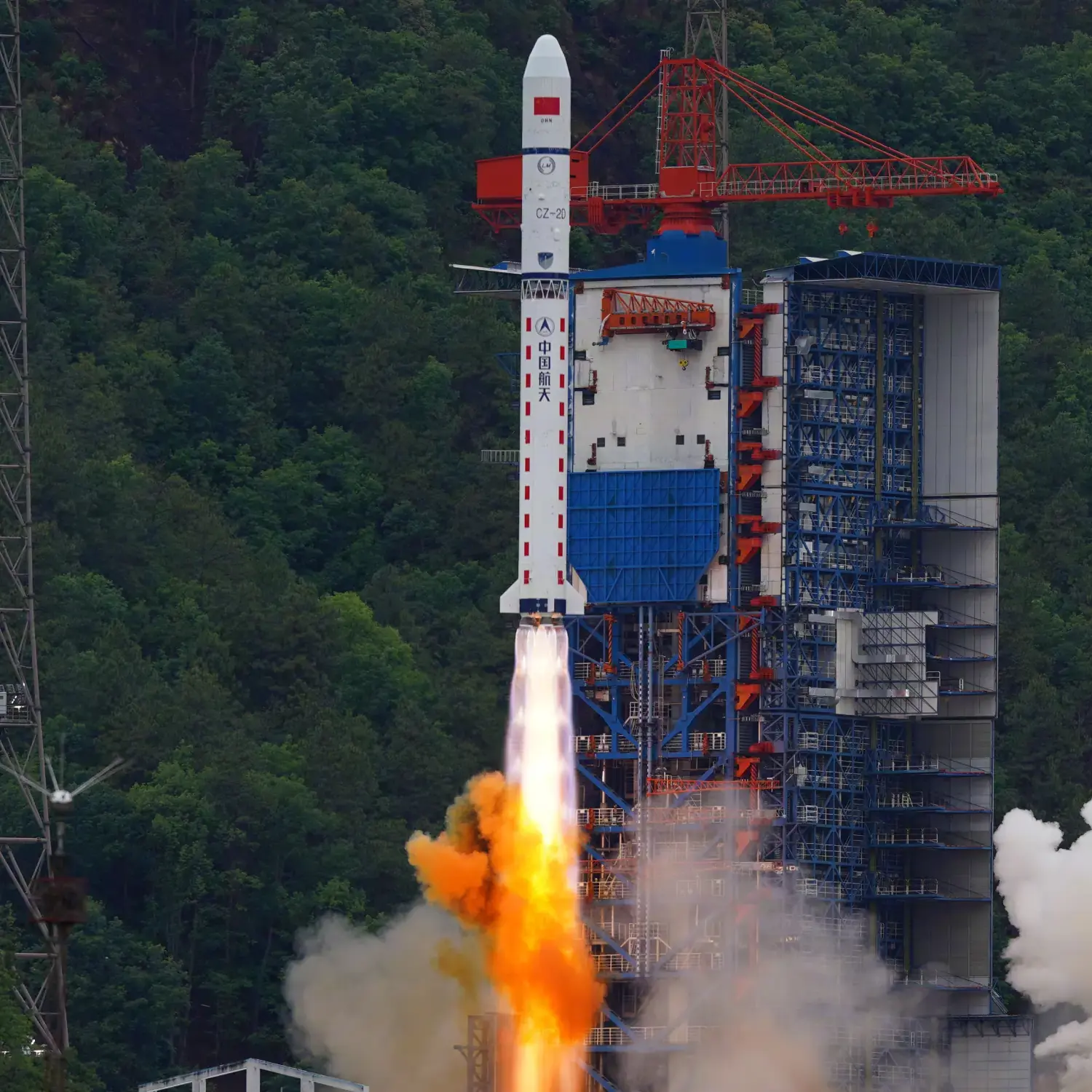/
TanSat, Xighuo 1, 2 & Yijian
Launch Success
Liftoff Time (GMT)
19:22:00
Wednesday December 21, 2016
Watch Replay
Official Livestream
Mission Details
Read Article
Xighuo 1 & 2
Spark 01 and Spark 02 are Chinese hyperspectral earth-observing minisatellites. The spacecraft were built and are operated by the China Academy of Sciences' Shanghai Small Satellite Center on the WN5000 bus. The satellites feature a wide-range hyperspectral imager. The ground resolution is 50 m, covering the spectral range from visible to near-infrared (420 nm - 1000 nm) and a swath width of 100 km. The imager has an average spectral resolution of 148 channels of 5 nm and a single satellite could obtain 2.5 million km2 hyperspectral imagery per day, with global coverage every 16 days.
Sun-Synchronous Orbit
2 Payloads
86 kilograms
Yijian
Yijian (name not confirmed) is Chinese high-resolution earth-observing minisatellite. The spacecraft was built and is operated by the China Academy of Sciences' Shanghai Small Satellite Center on the WN5000 bus.
Sun-Synchronous Orbit
1 Payload
66 kilograms
TanSat
TanSat, also known as CarbonSat, is a Chinese Earth observation satellite dedicated to monitoring carbon dioxide in Earth's atmosphere. It is generally classified as a minisatellite and is the first dedicated carbon mission of the Chinese space program. The mission was formally proposed in 2010, and work began in January 2011. It is funded by the Ministry of Science and Technology (MOST) and was built by the Shanghai Institute of Microsystem And Information Technology (SIMIT).
Sun-Synchronous Orbit
1 Payload
620 kilograms
Rocket


Agency
CASCPrice
$29.75 million
Rocket
Height: 40.77m
Payload to Orbit
LEO: 3,500 kg
GTO: 1,200 kg
Liftoff Thrust
2,962 Kilonewtons
Fairing
Diameter: 3.35m
Height: 7.82m
Stages
2
Launch Site
Stats
Long March 2D
31st
Mission
5th
Mission of 2016
2016
83rd
Orbital launch attempt